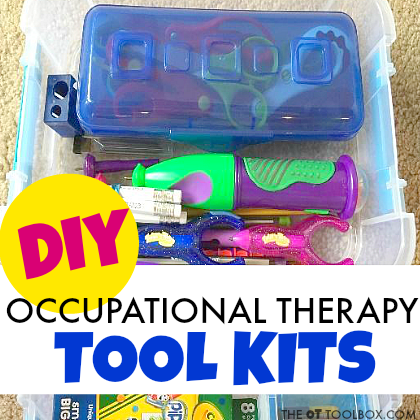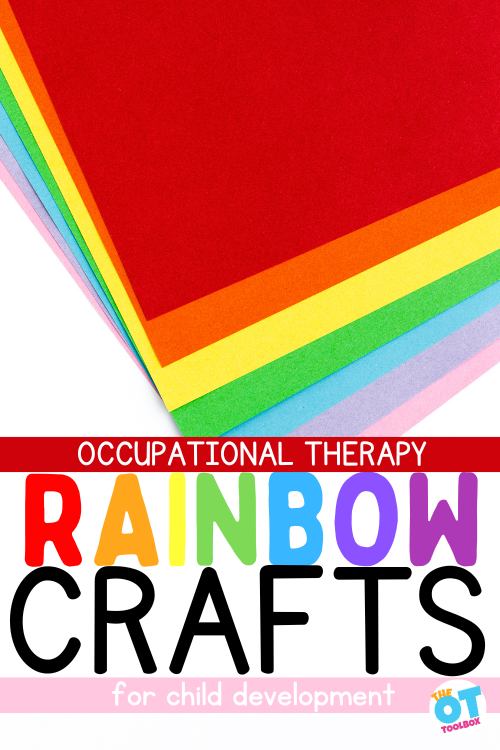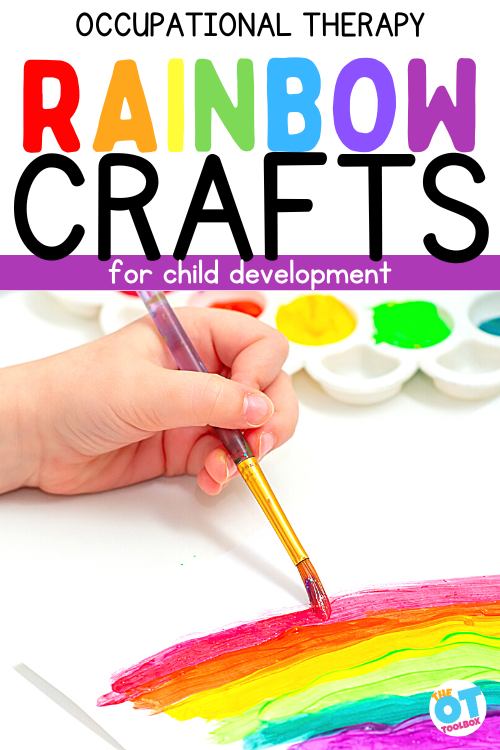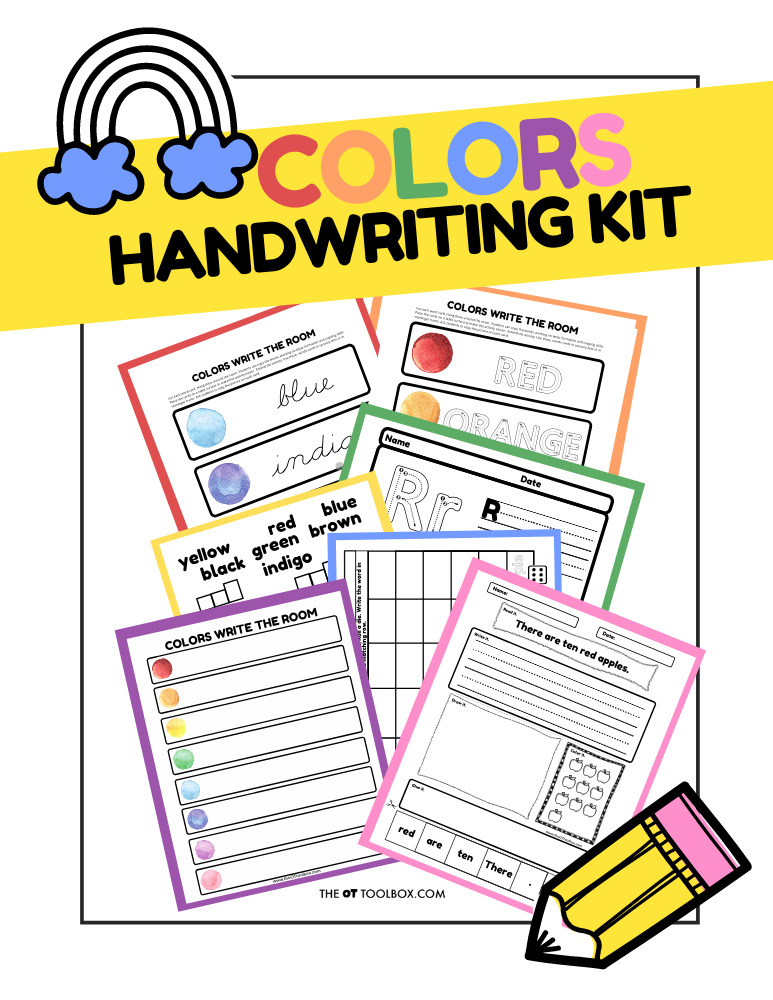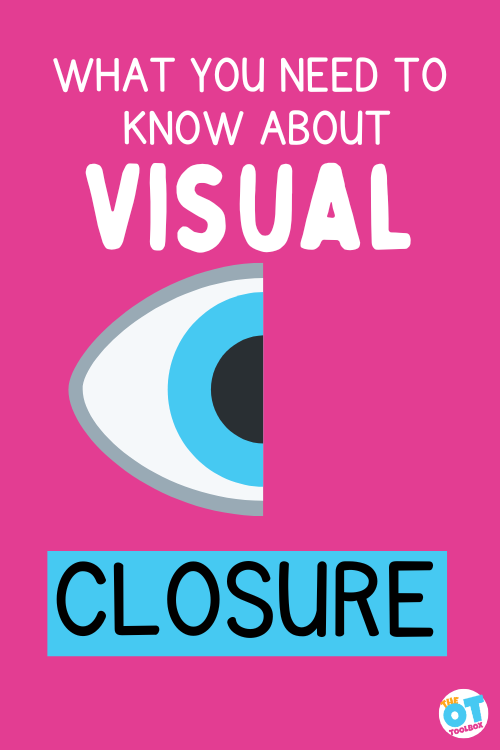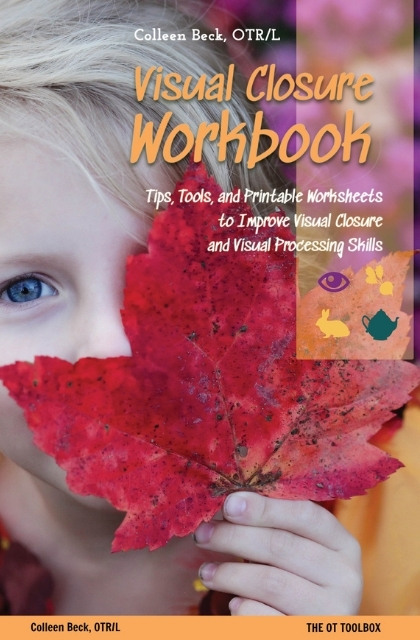Occupational therapy at home is an important topic to address. Occupational therapy practitioners tackle supporting daily activities in clients of all ages, and so integrating OT interventions into the home setting is essential. In this blog post, we’re covering how to set up occupational therapy home programs, how to support carryover of OT goals in the home, and home-based OT activities that support goal achievement. Let’s get started!
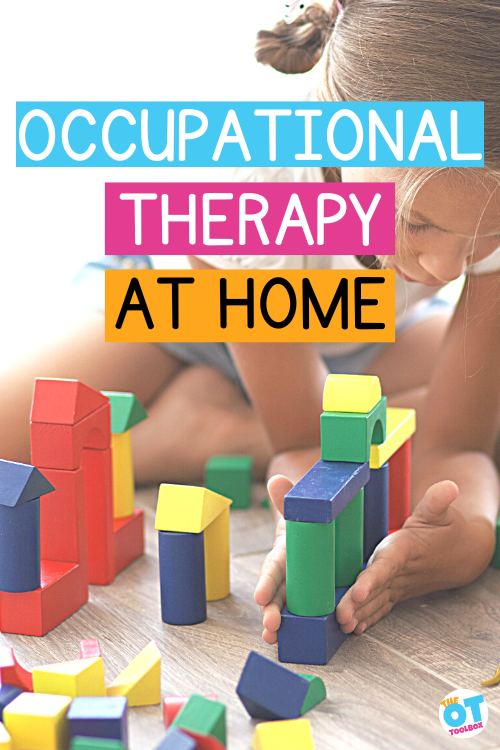
Occupational therapy at home doesn’t need to be difficult. Explore our list of Occupational Therapy Amazon deals for toys and tools to support various needs.
Occupational Therapy at Home
Pediatric occupational therapists and occupational therapy assistants work with children of all ages and developmental abilities. In therapy sessions, OTs address the whole lifespan and target goals designed to support the individual and the family so the individual can prosper. Whether in schools, outpatient settings, hospitals, the community, or other environment, there are functional tasks to be done. All aspects of living is a task that occupies one’s time and these are skills that an OT can support.
Occupational therapy at home is a continuum of care, and this is because the home is a natural setting for living. It’s the place for self-care, dressing, bathing, toileting, eating, and other activities of daily living (ADLs).
The home is also a natural setting for other aspects of daily life: instrumental activities of daily living (IADLs). The term IADLs refers to tasks such as meal preparation, home management, shopping, paying bills, managing medications, laundry, and other tasks. These daily living activities are part of one’s life but not always a task that is completed each day. These are also covered in occupational therapy interventions, however, because they impact one’s ability to function.
The occupational therapist working with children, or pediatric occupational therapy professionals support children in the daily tasks that are important to them, and may include aspects such as:
- emotional development
- physical development (fine and gross motor skills)
- social development
- cognitive development
Therapy providers support children and the families they are a part of through interventions based in play, as play is the primary occupation of the child. It’s through play that development of underlying skills are refined and developed so that they can support functional tasks.
Likewise, daily activities done in the natural environment require these underlying skill areas. Professionals can work with the child in the therapy setting, but a main role of the OT practitioner is to empower the child and family unit to thrive on their own in their home environment, or the natural setting.
No matter what the diagnosis, OTs support various goals. Some diagnoses that can be supported in occupational therapy at home include:
- Autism
- Sensory processing disorders and sensory processing challenges
- Developmental delay
- Down syndrome and other genetic disorders
- Cerebral palsy and other physical mobilitydiagnoses
- Coordination challenges
- Motor skill delays or developmental disorders
Occupational therapy services are not limited to these diagnoses. OT at home can support any individual struggling in the home or community to complete daily activities.
Therapy providers do this through caregiver education, OT home programs, and consultancy including coaching of skills, support services, and checking in on struggles.
Occupational Therapy at Home and Carryover of Skills
If there’s one thing that is for certain, it’s that occupational therapists love to see carryover. We love to encourage functioning and independence with personal goals across environments. It’s through occupational therapy home programs that we encourage families, parents, and teachers to get involved with a child’s goals so they can accomplish skills at home, in the classroom, and community.
I wanted to put together some activities that OTs can add to home programs that build skills. Use these as part of OT recommendations in occupational therapy teletherapy sessions, or in home programming as a result of changes in our current public health situations. Whatever your situation is, here are some activity recommendations that promote movement, learning through play, and help to keep the kids off screens.
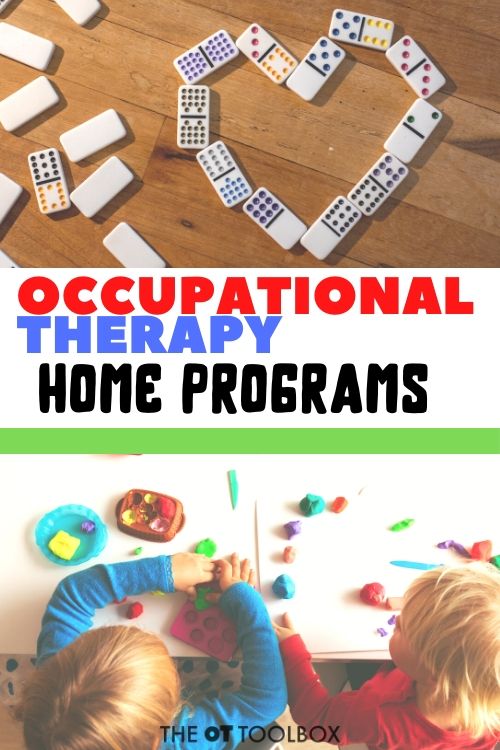
Occupational therapy home programs for movement
So…many of us are dealing with the uncertainties of coronavirus and the possibility to be sent home from wor. School based OTs who are contracted into a school district may even be out of work if and when school students are sent home to learn from home. They may see the need to send home activity plans with children who will be stuck indoors. Other therapists are working within the available technology systems that are in place and can work with children remotely or via teletherapy. In each of these cases, there is a need for therapist-recommended activities that require items that are probably in the homes of most parents.
Use these activities to encourage play and movement. Encourage playing together as families. These activities have therapeutic benefits, but they are also great for family time, too.
Home Occupational therapy suggestions
These monthly movement activities use a lot of items found around the home.
Here are fine motor and coordination activities using a simple deck of playing cards.
Here are movement, dexterity, and strengthening activities using craft pom poms (or cotton balls work really well, too.)
Here are activities with paper clips to encourage coordination, visual motor skills, perception, and dexterity.
Here are sensory diet activities for the backyard.
Here are 31 ways to learn through movement and play. These strategies are perfect for learning at home or homeschooling.
Playdough is a powerful tool that can be added to home therapy programs! Here is a giant list of activities using play dough.
To encourage gross motor movement, core strengthening, and heavy work for sensory needs, try these indoor recess activities. They work at home, too!
Looking for home programming and OT home activities? These resources are full of ideas:
Executive Functioning Activities
“Push In” Therapy at Home– Combine OT interventions with learning at home using these movement-based, goal oriented activities that can be incorporated into learning, math, reading, etc.
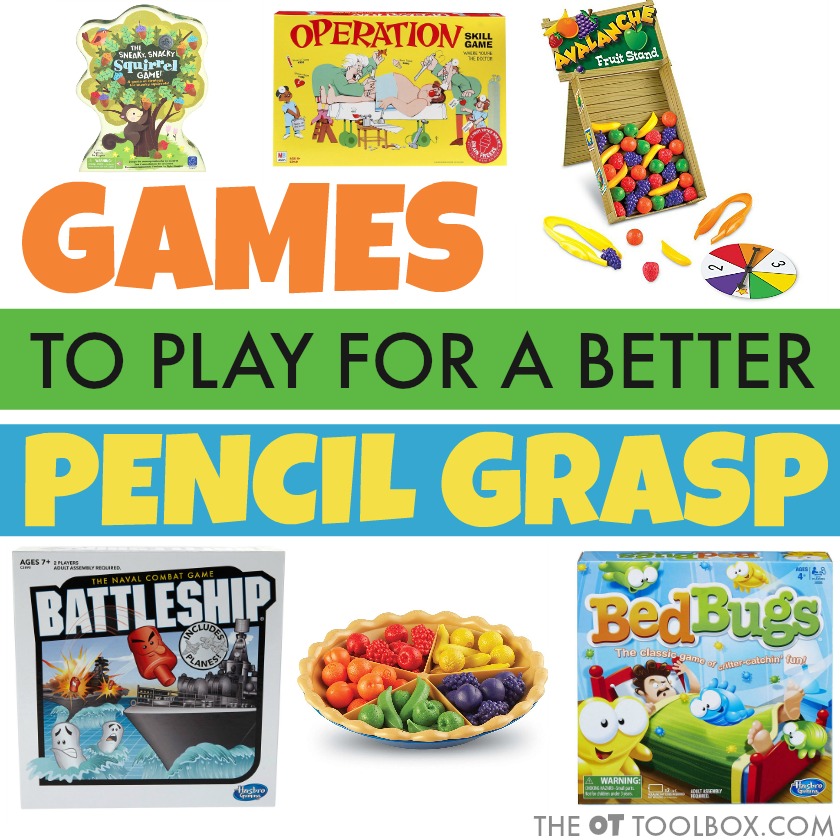
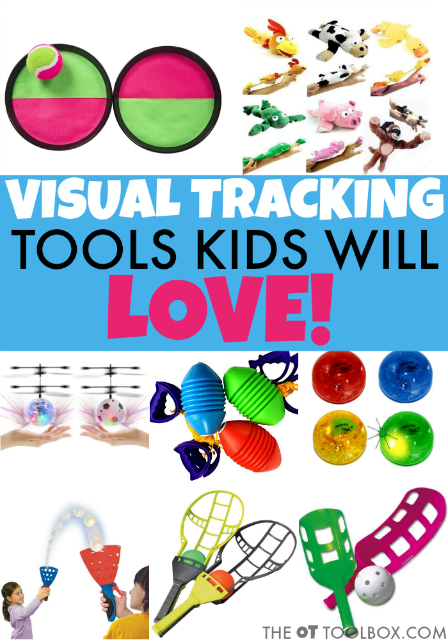
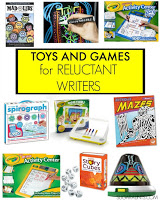
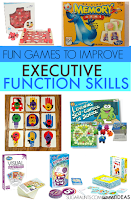
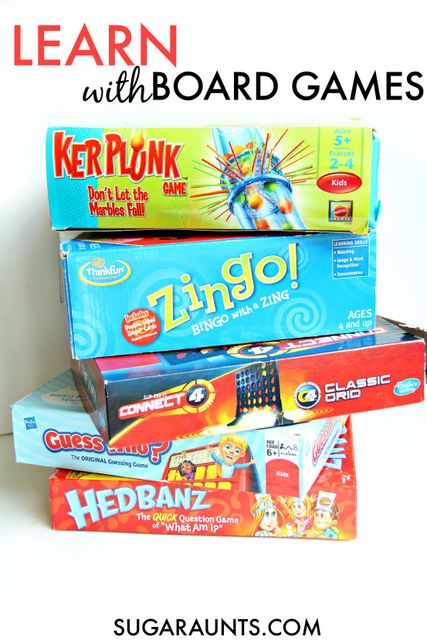
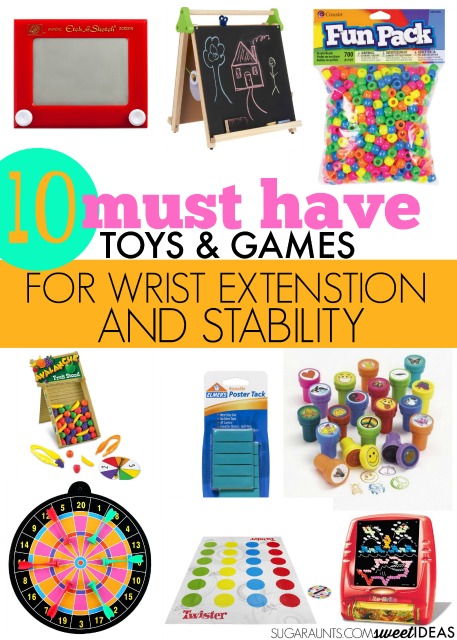
OT at Home…Play Games!
A lot of times, families have board games in the home that they haven’t played with in a while. Family time games like the ones in the posts below can build essential skills that might be addressed in therapy, too. Use time spent at home to play games and work on therapy goals at the same time. Here are some game suggestions:
These Games to Improve strategy and planning are fun to play and better for the brain!
Here are more games to improve executive functioning skills.
Games that improve pencil grasp build fine motor skills, but don’t seem like “work”. Do you have any of these fine motor games in your game closet?
Visual Tracking Games are fun ways to work on an essential visual processing skill…visual tracking! This skill is needed for visual attention, reading, writing, and so much more.
Raid the game closet and use some items you have around the house to Build Math Skills with Games.
In fact, there is a lot of learning that happens with board games. Here is how you can learn with games you already own.
These are games and toys that build skills in reluctant writers.
Build wrist stability for improved precision and strength in the hands with these games and toys to improve wrist stability.
Looking for more ways to keep the kids busy at home while working on developing skills? Run a search through the search bar above!
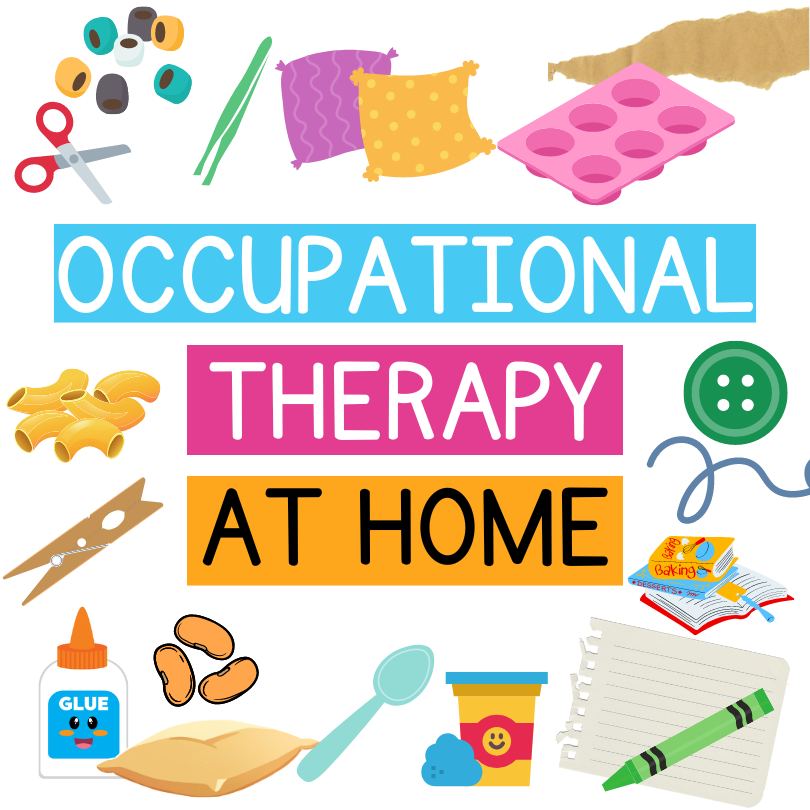
How can I help my child with occupational therapy at home?
If working on developmental areas is needed, you can do activities to support specific areas, using everyday play. Many times, OT practitioners will work with families to design an individualized home OT program that supports specific needs for each child.
Having a specialized OT home program is important because occupational therapists and OTAs can come up with activities that target several areas of development at once, including self-regulation, social emotional development, for example. Or, they may offer ideas to integrate visual motor skills while targeting specific aspects of visual perception. Another example is OT activities that offer calming heavy work input while supporting movement needs (a combination of proprioceptive input and vestibular input) while providing therapy activities that do not over-stimulate the vision and vestibular system.
If you want to add activities to the home that do offer motor skill and precision input for strengthening fine motor skills, some play activities can do this.
These materials are often found in many homes, and occupational therapy providers use these items because they are so prevalent in homes, making the activities easily carried over at home. Try using these materials in occupational therapy at home interventions:
- Chalk
- Beads
- Swinging on swings or playing at playgrounds
- Jumping on a trampoline
- Playing in a sand box
- Turning coins on a table or dropping coins in a piggy bank
- Playing with tweezers to pick up beads or crumbled paper or small objects
- Making a sensory tray with shaving cream
- Playing with various textures
- Rolling dice
- Offering sensory input by jumping on couch cushions or hopping on pillows
- Making a noodle necklace
- Coloring
- Playing with play dough
- Tearing a piece of paper
- Talking about emotions
- Sorting buttons
- Picking up beans one at a time
These simple activities can be incorporated into the daily routine to support development through play.
Occupational Therapy Home Programs
Occupational therapy home programs are a vital part of the therapeutic process and crucial to a child’s success in therapy. As we know, most children attend therapy sessions once or twice a week, and following through outside of the therapeutic setting is important to both the child and the family. It is essential that you do your best to blend therapy home programs into the already busy schedules and routines of families to ensure compliance and habituate follow-through at home.
Most therapists love providing families with targeted activities or exercises to work on at home to continue a child’s progress toward their goals. Providing these in a fun way can be both a unique art and science in creation by a therapist and the family. Yep, it’s true, including the family in the design is both encouraging and allows for unique ownership by both the child and the family, therefore, making it more successful overall. Keep in mind that home programs can vary greatly depending on a child’s specific needs, family design, and the skill development needed.
Sometimes families need a sensory diet for home or community use, an exercise program to advance skills in strength and endurance, a chore and/or self-care checklist for skill advancement and attainment, an activity program to facilitate targeted skill development and keep motivation with therapy, or a handwriting home program to give further practice in letter formation and handwriting legibility practice.
Let’s take a deeper look at each home program mentioned. Keep in mind that you shouldn’t put in a lot of different choices or activities as this will oftentimes decrease compliance and increase the lack of follow-through in the home setting. Always consider doing fewer activities and/or exercises and change them out more frequently as compliance and success are achieved.
Don’t load a family or child up with activities and exercises to keep it all front-end packed as this will become overwhelming and not successful in the back end. Provide a limited number with a specific focus coupled with full, open communication as the program is followed at home.
Occupational Therapy Home Programs for Sensory Needs
Sensory diets by design provide a child-specific activity program that is scheduled into a child’s day to provide sensory activities or approaches that kids perform throughout the day to ensure they are getting the input their bodies need to assist with attention, arousal, soothing, and adaptive responses. The activities are generally chosen to target a child’s needs based on sensory integration theory.
The best approach to a sensory diet is to provide a visual schedule for parents and children to follow as well as a worded description of ideas to further facilitate understanding and follow-through. Look at following
- time-based activities
- routines
- interaction recommendations
- environment suggestions, and
- targeted sensory needs that include oral sensory, heavy work, and vestibular.
Always provide contact information on each sensory diet to ensure families have what they need to consult with you about strategies and activities as well as any questions that may arise during diet implementation.
Home exercise programs provide guidelines for the overall program and each exercise should have a picture or diagram, the number of safe sets/reps, specific precautions, and a checklist for either daily, weekly, or monthly implementation with the understanding to share this checklist at end of a cycle to ensure compliance by family.
As therapists, we often use tools for home exercises that may include therapy putty, theraband, dumbbells, hand and finger exercisers, exercise bikes, or even table-top pedal bikes. Make sure these tools are either provided to the families as part of their programming or that they can afford to purchase them outside of therapy. A loan program can be established to provide the child with what they need for a limited time.
Sometimes, we as therapists, need to get creative in how we get the exercises into a home that are needed, so look outside the typical places for items such as in thrift stores, ask families who no longer need items and are willing to donate them to you, utilize a “donate and need” board at your clinic or schools, look on Facebook groups such as OT Trader for items, etc.
Chore or self-care checklists are just as they sound, a list of chores or self-care actions for each day or week. Create a simplified checklist or find one online that has everything you need to copy and share. Take a look at Your Therapy Source as they have convenient and time-saving Life Skills activities, checklists and graphs for data collection in the home, school, and community making it easier to target each step and to score and record progress over time.
A daily to-do list for kids or visual schedule can support this.
Occupational Therapy at Home Activity Programs
Activity programs are intended to motivate the child (and the family) while developing essential skills that the child needs as they perform them in the home setting. This program can be completed with siblings to increase the fun and compliance as needed. The child can learn each activity during therapy and then follow through occurs at home after the therapist reviews the program with the parent(s).
A fun way to do this is to have the child demonstrate each activity during therapy with a parent present as this builds confidence and full engagement by the child.
Other than a written activity program with pictures, you can also create a fine motor toolbox with different activities inside that can be used at home for a few weeks.
On our blog posts on occupational therapy kits, you’ll find specific ideas and images for how to set up an OT kit at home.
Here is a picture of some kits, which I share with families and use during therapy sessions:
I try to keep them small with 5-6 activities in each box and each box is designed to address a child’s specific needs. This means that I often switch activities around in the boxes so I must maintain a checklist of what each child has already worked on so that I can keep the boxes new and fresh.
Frankly, I found this design to be more successful than the larger Magic 20 Box that I worked with colleagues to create several years back.
The 20 items in the box tended to become overwhelming to children and families and more often than not, they ended up wanting to do a select few that they found fun and engaging. My personal experience has been finding families and children are more compliant with smaller boxes and fewer activities.
I also enjoy using my monthly game boards for fine and gross motor activities at home as it triggers high interest and enjoyment for both my clients and their families.
Occupational Therapy at Home: Handwriting
Handwriting home programs are designed to have children practice the important skills they have learned during therapy as a carryover into a different setting. Handwriting is a complex skill and practice in meaningful and natural ways is most useful in developing skills.
You can also use it as an educational tool for families too. My handwriting home programs are written in a way that sets the scene for successful handwriting practice in the home easing tension and anxiety for increased follow-through and overall compliance.
Some ways to support handwriting interventions for occupational therapy at home include:
- Handwriting accommodations at home
- Natural writing experiences
- Motivating handwriting activities for reluctant writers
- Weekly Fine Motor Plan
With so many options around for creating and designing a child-specific home program, any child and family can benefit from your skilled OT home program. We all know that without regular practice and intervention, a child can regress in their skills and it can take a very long time to regain the skills they once had. So, go get some quick inspiration here in this blog post and then go and help those kiddos on your caseload build the important skills they need to be successful in their daily lives. Oh, and don’t forget, you’re empowering those families to proceed on and power through to progress for their child, that’s what you do!

Colleen Beck, OTR/L has been an occupational therapist since 2000, working in school-based, hand therapy, outpatient peds, EI, and SNF. Colleen created The OT Toolbox to inspire therapists, teachers, and parents with easy and fun tools to help children thrive. Read her story about going from an OT making $3/hour (after paying for kids’ childcare) to a full-time OT resource creator for millions of readers. Want to collaborate? Send an email to contact@theottoolbox.com.
The OT Toolbox Fine Motor Kits are a great resource for occupational therapy at home!
Working on fine motor skills, visual perception, visual motor skills, sensory tolerance, handwriting, or scissor skills? Our Fine Motor Kits cover all of these areas and more.
Check out the seasonal Fine Motor Kits that kids love:






Or, grab one of our themed Fine Motor Kits to target skills with fun themes:
- Frogs Fine Motor Kit
- Unicorns Fine Motor Kit
- Vehicles Fine Motor Kit
- Apple Fine Motor Kit
- Back to School Kit
- Sports Fine Motor Kit
- Outer Space Fine Motor Kit
- Fairytale Fine Motor Kit
- Plus more in our shop!
Want access to all of these kits…and more being added each month? Join The OT Toolbox Member’s Club!


